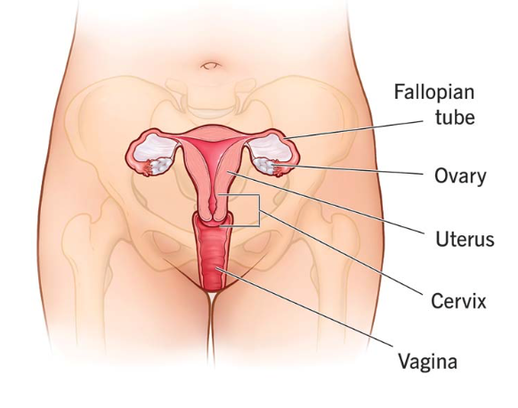Don’t believe me? Take a finger and put it 1-2 inches below your belly button. (Men, you too.) Now, take another finger and place it on the top of your sacrum, that triangle shaped bone in the middle of your back near the bottom.
Imagine a line connecting them. Visualize a point in the middle of that line. That, my friends, is your personal center of gravity. So, what’s inside of there, where you just placed that point?
Well, if you’re a man, a lot of intestines. Your center of gravity may be a little higher.
If you’re a woman, that’s where your reproductive center is. It stands to reason. If you’re pregnant, the baby is resting on your center of gravity, which is what keeps you from falling over when your belly suddenly shifts 6 inches or so out and away from your center. When the baby turns, it’s so it’s heaviest part, the head, stays on the mother’s center of gravity.
The womb is the center of life. All birth trauma, so much family trauma, originates here.
I felt I had a lot to make up for, to right the wrongs, so to speak – to break the trauma cycle. I went to Bradley classes. I practiced my breathing. I worked with an OBGYN who supported my desire for a natural birth in the birthing room at our local hospital. My husband was my coach. We wrote a birthing plan. But all that preparation doesn’t matter, does it?
My water broke very early on, but still no serious labor. My doctor informed me that we couldn’t go more than 18 hours without her being born because of infection risk. I went home. I walked. And walked. And ate something. Eventually, I went into labor. Twenty-four hours after my water broke, my daughter was finally born, in the birthing room. Victory. I angrily resisted the temptations of an epidural, a C section, all the suggested things to make the birth “easier.” Does that constitute trauma? Did my baby know how hard I fought for her to be born naturally? Was I able to break the cycle?
I still don’t know.
But I know that the womb is, undoubtedly, the center of life and gravity.
Sometimes, labor stalls or occurs much too slowly. Prolonged labor may also be referred to as "failure to progress."
Prolonged labor can be determined by labor stage and whether the cervix has thinned and opened appropriately during labor. If your baby is not born after approximately 20 hours of regular contractions, you are likely to be in prolonged labor. Some health experts may say it occurs after 18 to 24 hours.
Source: https://www.webmd.com/baby/prolonged-labor-causes-treatments















 RSS Feed
RSS Feed